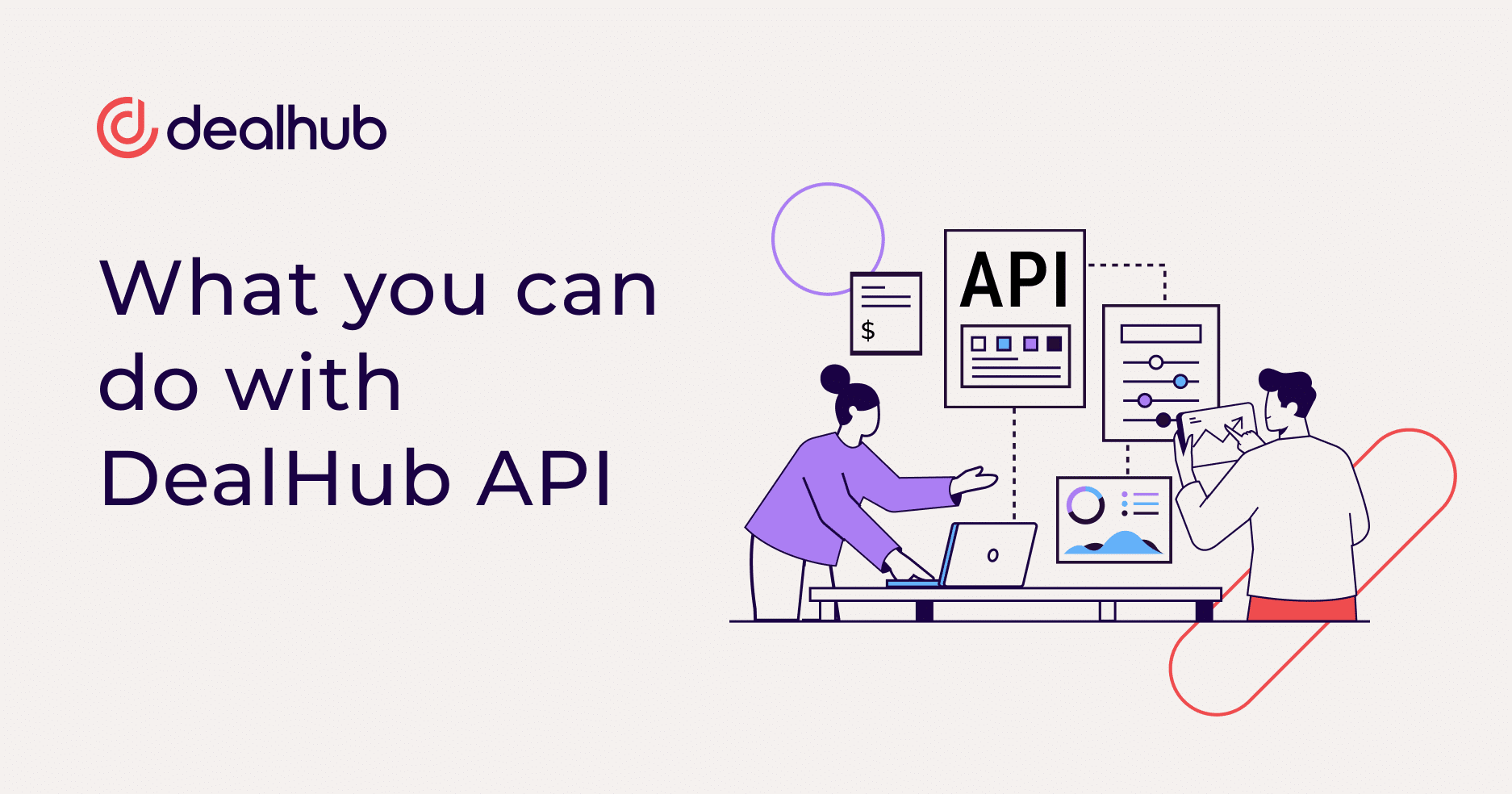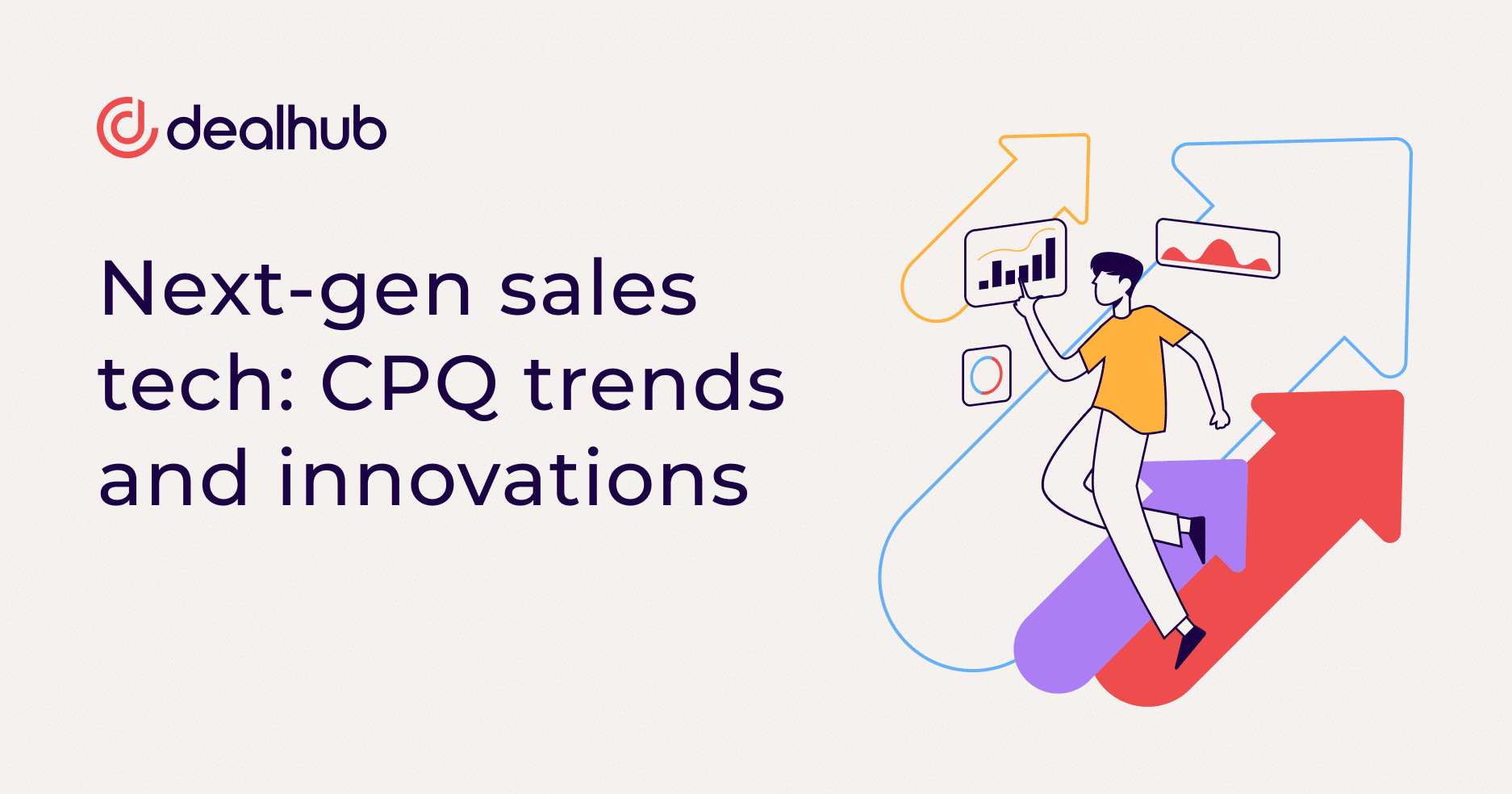Customer churn is insidious, and to root it out, you have to go deeper than the immediate problem of losing customers and explore what is causing them to leave. Treat the disease instead of the symptom.
Our conversations with Sales Ops leaders have revealed innovative churn prevention strategies such as personalizing user experiences, engaging customers creatively, offering flexible pricing, leveraging subscription management, implementing customer success programs, employing exit surveys, and win-back campaigns. These comprehensive approaches aim to reduce churn rates and promote continuous growth in the SaaS sector.
Customer churn is a symptom of bigger issues
Customer churn refers to the rate at which subscribers or users discontinue their service over a given period. Monitoring this metric is vital as it directly reflects the company’s ability to retain its customer base. A high churn rate can be a warning sign, prompting businesses to reassess their strategies, product offerings, and customer relationships.
When customers churn at an alarming rate, it often signals deeper operational or strategic issues within a business. It may indicate problems like a misalignment between the product and market needs, inadequate customer support, or a lack of engaging user experiences. High churn rates can highlight areas where the business fails to meet customer expectations or adapt to market changes.
Common reasons for customer churn

Customer churn in SaaS arises from a mix of product, service, and market dynamics. Key factors include:
- Product-market fit: Customers may leave if the product fails to meet their needs or expectations.
- User experience: Cumbersome or unintuitive interfaces can lead to user frustration and abandonment.
- Customer support: Subpar support experiences can make customers feel neglected, particularly when resolving technical issues.
- Pricing: Excessive or rigid pricing structures might prompt customers to switch to more affordable options.
- Lack of innovation: Not regularly updating or improving the product can erode its competitive advantage.
Additionally, SaaS businesses grapple with several retention challenges:
- Evolving market demands: Adapting to rapidly shifting market trends and customer preferences is critical.
- Competition: In a crowded market, customers have ample alternatives, complicating retention efforts.
- Customer expectations: Increasing demands for innovation, quality, and value are setting higher standards.
- Technical challenges: Maintaining consistent, reliable service is vital to prevent customer dissatisfaction and churn.
Given the vast array of issues that can lead to customer churn, this one symptom reveals so much about an organization’s overall health and profitability.
How churn impacts the health of your business
High churn rates in a SaaS company profoundly affect its health. The loss of subscribers directly reduces revenue, necessitating increased investment in new customer acquisition. This cycle can strain resources, leading to a negative spiral. Frequent churn also damages the company’s reputation, complicating efforts to attract new users and grow the business. Over time, this can result in stagnation as the business struggles to expand its user base.
The financial ramifications of customer churn are far-reaching. Immediate revenue loss from departing customers is just the tip of the iceberg. The increased cost of acquiring new customers to replace those lost to churn puts additional financial strain on the company. Moreover, each customer’s reduced lifetime value (CLV) due to churn impacts long-term revenue prospects. Persistent churn can also shake investor confidence, affecting the company’s ability to secure future funding and investment.
Treat the underlying issues to cure churn
In SaaS businesses, customer churn is not merely a setback but a critical alarm signaling the need for immediate and strategic action. A multi-pronged approach is needed to effectively counter churn, extending beyond surface-level remedies and addressing the core issues affecting customer retention. This approach must be driven and supported at the highest executive level, ensuring that initiatives for enhancing user experience, communication, customer engagement, and onboarding are implemented and ingrained in the company’s culture.
Provide personalized user experiences
Personalization is key to enhancing user experience. SaaS companies must strive to develop features and functionalities that resonate with individual customer needs. This includes tailoring the onboarding experience to help new users fully understand and utilize the product’s utility. Leveraging customer data to customize communication and interactions further strengthens the relationship, making customers feel valued and understood.
Communicate proactively
Effective communication is the bedrock of customer satisfaction. Regular and open communication channels allow for the timely addressing of customer concerns and the provision of updates on new features and improvements. By anticipating and addressing potential issues before they escalate, companies can demonstrate their commitment to customer satisfaction.
Get creative with customer engagement
Engagement goes beyond occasional emails and updates. It involves a consistent and interactive dialogue with customers. This could be achieved through interactive elements on the platform, providing valuable resources, or even introducing loyalty programs and gamification to encourage ongoing usage. The goal is to create a compelling and enjoyable user experience that customers look forward to.
Explore flexible pricing and subscription models
Flexibility in pricing and subscription models can significantly influence customer retention. Offering a range of pricing options that cater to different segments of the customer base shows adaptability and understanding of diverse customer needs. Regularly revisiting and adjusting subscription models in response to market trends and customer feedback is also crucial for staying relevant and competitive.
Leverage subscription management tools
SaaS companies can leverage subscription management software like DealHub to tackle churn by equipping sales representatives with renewal notifications for proactive customer engagement, offering personalized pricing structures to enhance value perception, and identifying upsell and cross-sell opportunities based on customer data, ultimately fostering stronger customer relationships and promoting subscription retention.
Implement customer success programs
A robust customer success program is instrumental in churn prevention. This involves developing comprehensive strategies and assigning dedicated customer success managers to key accounts. These managers play a pivotal role in guiding customers towards achieving their objectives with the product, thereby enhancing satisfaction and loyalty.
Offer educational resources
Knowledge is power, and this is true for your users too. Providing comprehensive documentation, tutorials, and training materials can greatly enhance the customer experience. Hosting webinars or training sessions educates customers and demonstrates the company’s commitment to their success. A well-maintained knowledge base can serve as a valuable resource for addressing common queries and issues, especially during onboarding.
Treat long-term customers like gold
Long-term customers are the pillars of SaaS businesses. Rewarding customer loyalty with exclusive features, early access to new versions, special promotions, and personalized acknowledgments of milestones fosters a deeper connection and appreciation.
Use data to stop churn
Data analytics is a powerful tool for understanding and preventing churn. Analyzing customer data helps identify patterns and at-risk customers, allowing for timely interventions. Predictive analytics can be used for proactive issue resolution, while insights garnered from customer feedback can drive continuous product improvement.
Use exit surveys and win-back campaigns
Exit surveys provide critical insights into why customers choose to leave, offering valuable data to refine strategies and prevent future churn. Based on these insights, targeted win-back campaigns can be implemented, highlighting product improvements or new features to re-engage former customers.
Continuously improve and enhance customer experiences
A culture of continuous improvement within the organization is essential. Regularly updating and refining the customer experience based on feedback shows customers that their opinions are valued and acted upon. This enhances the current user experience and paves the way for future innovations and improvements.
Addressing churn requires a holistic and proactive approach deeply rooted in understanding and meeting customer needs. It calls for a commitment from the highest level of the organization to foster a customer-centric culture.
Now, let’s hear from the experts on what is working for them.
Expert advice on churn prevention strategies
Successful executives emphasize a data-driven, personalized approach to mitigating customer churn. Their insights reflect a blend of analytics, customer understanding, and proactive engagement. Here’s what some of our peers are prescribing to prevent churn.
Usama Hanif, Head of Digital Marketing at Contechtive, stresses the importance of a comprehensive strategy: “Preventing customer churn involves understanding your churn rate, analyzing data, and identifying patterns. Implement personalized communication, proactive support, and loyalty programs. Leverage data analytics to detect early signs of potential churn, update offerings based on feedback, and foster a customer-centric culture.” This approach underscores the significance of recognizing churn rates and actively analyzing them to understand underlying patterns and causes.
Similarly, Artem Gladkikh, Founder & CEO of Signum.ai, advocates for a strategic approach grounded in understanding customer needs and behavior. By employing advanced data analytics, companies can gain critical insights into customer preferences, enabling them to tailor their services and communication more effectively.
These expert views converge on the criticality of a proactive stance in preventing customer attrition, leveraging data to understand and anticipate customer needs, and continuously refining strategies based on customer feedback. This blend of analytics, personalized communication, and customer-centricity is the cornerstone of effective churn prevention.
A holistic approach to preventing customer churn
A holistic strategy is paramount in addressing customer churn, encompassing various aspects of customer interaction and service delivery. The key churn prevention strategies covered here include providing personalized user experiences, proactive communication, engaging customer interaction, flexible pricing models, subscription management, comprehensive customer success programs, educational resources, special attention to long-term customers, data-driven churn analysis, and continuous improvement based on customer feedback.
This approach stresses the importance of addressing individual aspects of the customer journey and viewing it as an interconnected whole. Personalization, effective communication, diligent subscription management, and customer engagement are crucial in creating a positive user experience, while flexible pricing and comprehensive success programs cater to diverse customer needs. Utilizing data for insights and consistently evolving based on feedback ensures that services remain relevant and valuable to customers.
For SaaS business leaders, adopting these strategies is a response to immediate challenges and a commitment to long-term customer satisfaction and business success. Implementing a holistic churn prevention strategy requires an understanding of the complex dynamics of customer behavior and market trends. By integrating these diverse elements into a cohesive strategy, SaaS companies can significantly reduce churn rates, leading to sustained growth and a stronger market position. Let this be the moment you redefine your approach to customer retention and set a new standard for excellence in the SaaS industry.









